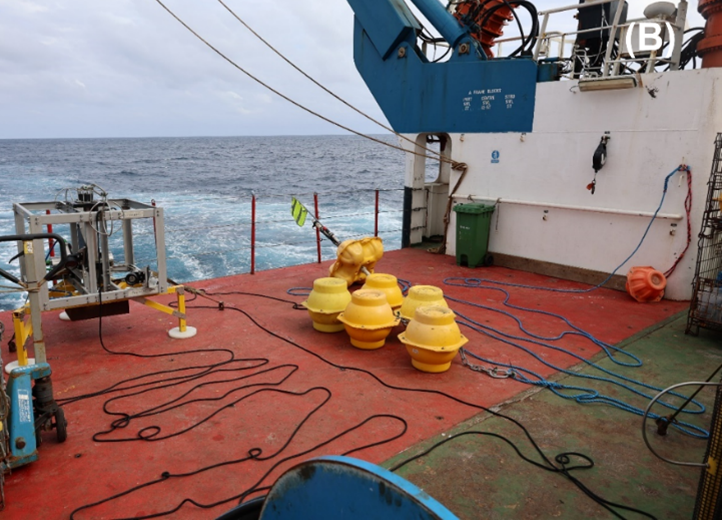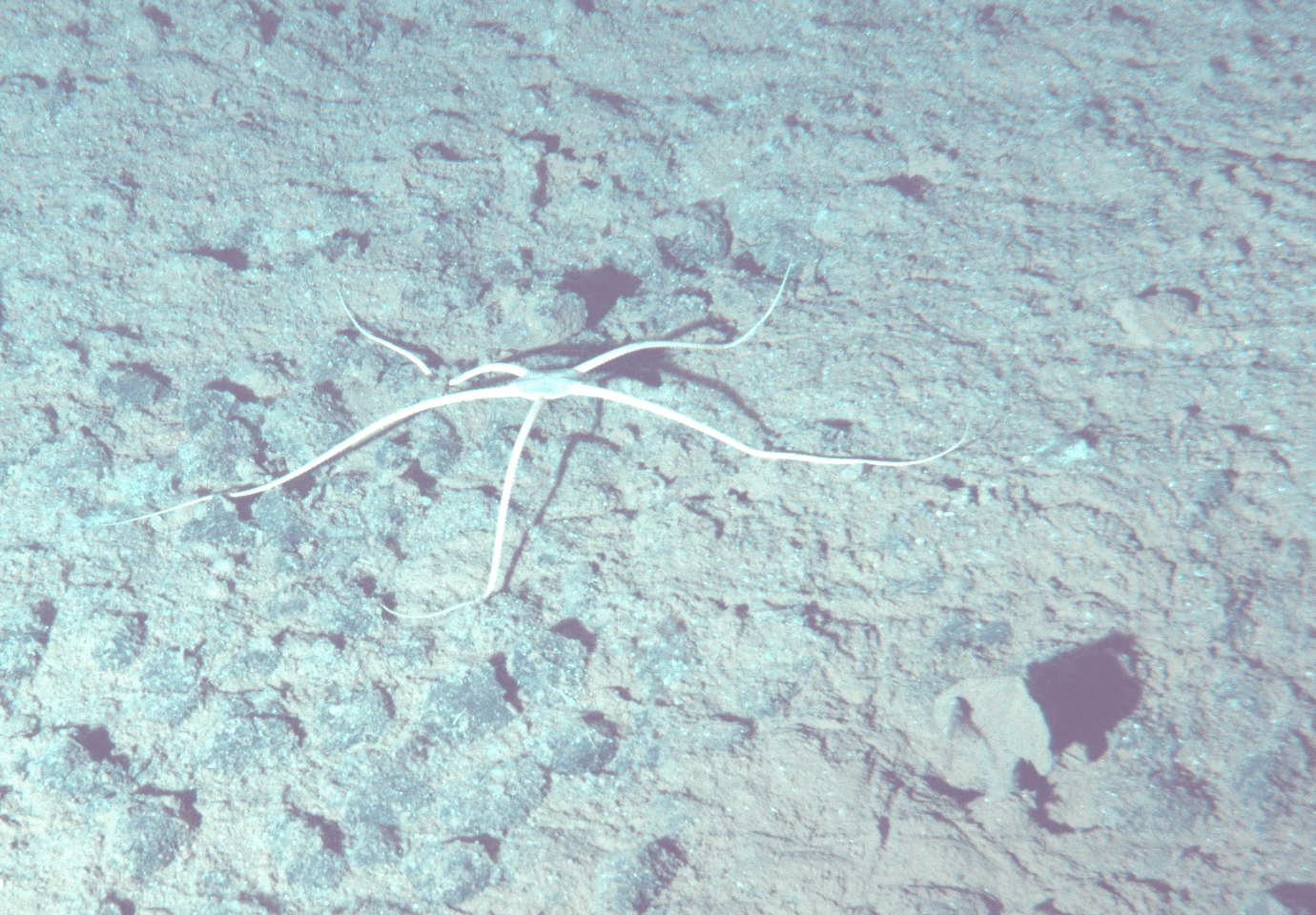It takes a certain amount of hope to fix a camera to a frame, drop it into the deep ocean, go away for a year and see if it returns with images (if it even returns at all)! Deploying two Bathysnap time-lapse cameras was one of the last things we did on the first SMARTEX cruise back in March 2023. Recovering them was one of our first tasks this year. The time-lapse camera lander consists of a metal frame with a mounted camera, weights, a release (so that it lets go of the weights when we send a signal) and floats to get back to the surface.


We send an acoustic ping from the ship, telling the release to drop the weights. Beep beep beep, an anxious wait to hear if the lander would respond. Equipment failures or float implosions means that it’s not unheard of for landers to never return at all. Beep beep beep , a response! Travelling up from 4k below. By ‘pinging’ it every few minutes and listening for the faint reply, we tracked its ascent into sunlight. The process of collecting gear we’ve put over the side is something I still find really remarkable. For a ship this large to delicately manoeuvre itself into exactly the right position next to tiny floating glass buoys seems a monumental task. Grappling hooks (very Pirates of the Caribbean) and a good aim is key to getting things back on board. Successfully grappled and hauled in (thanks to the amazing ship’s crew), Bathysnap was sat back on deck for the first time in a year.
Having been recovered, it was time to see if there were any photos. The difficulty of working at these depths means that success is not always guaranteed. Both cameras had been programmed to take one photo every day for the last year. Bets were on to see how many images we were going to get and now was the moment of truth. Incredibly the first one recovered had worked perfectly! A whole year’s worth of photos with the latest photo being taken just 8hrs before. The second deployment stopped taking photos in November but still had over 200 images. A successful start to our work on station.

I study abyssal megafauna (any animal bigger than a whopping 1cm and that’s not a typo I really mean 1 centimetre) using photos of the seafloor. I usually work with image surveys collected at a single point in time. This is really valuable for gaining data on animal densities, biodiversity and community composition across large areas. Sometimes we get to repeat surveys and can see changes in communities across years. However, this misses a lot of the fine scale changes that are happening on a daily, weekly or monthly basis. With a time-lapse camera we laser focus on one small section of the seafloor and get to see behaviour and processes that we otherwise don’t see. Animals appear and disappear or move with the current. Brittle stars creeping along on their long limbs, hugging the base of sponges or xenophyophores (large single celled protists). Sediment gets overturned, material deposited and used up. Xeno’s grow in fits and starts. My personal highlights have been the ‘dancing’ brittle stars, shrinking sponges and a jump-scare sea cucumber.

Next step is annotate the photos, trace any tracks and see what it tells us about the little lives playing out on the seafloor. At the start of this trip, we re-deployed the Bathysnap cameras and set them to take photos at a higher frequency (multiple times a day). In a few days we’ll see what more stories are playing out day to day in the darkness. Fingers crossed…
